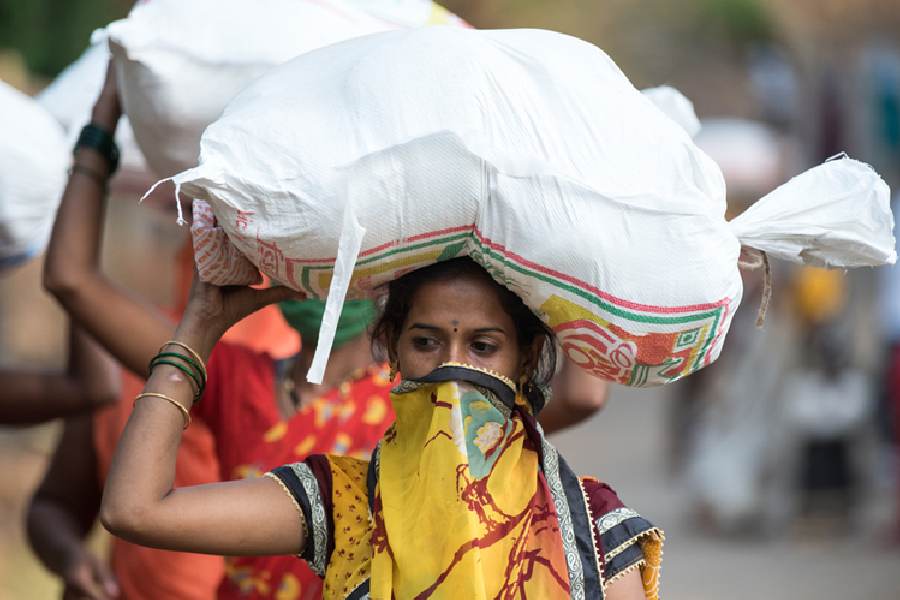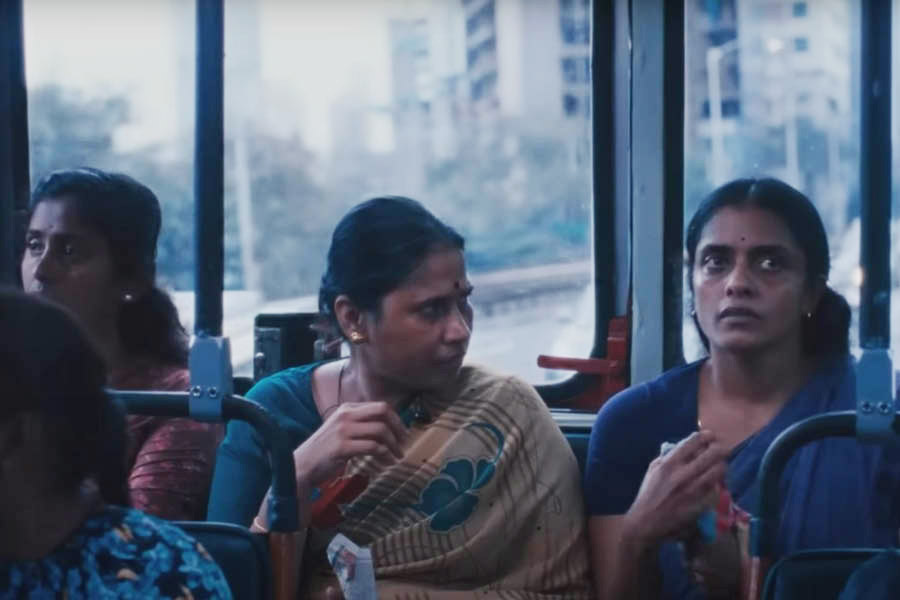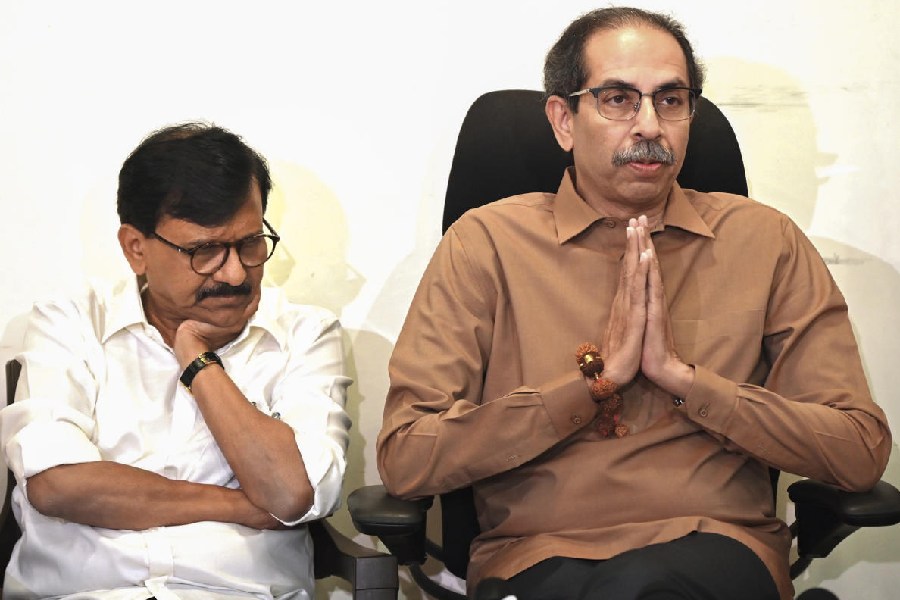Book: Bene Appétit: The Cuisine of Indian Jews
Author: Esther David
Publisher: HarperCollins
Price: Rs 399
An itinerant people often leave behind more things than they can carry with them. However, their stories and their food may end up sneaking into their scant baggage and becoming significant markers of their identity in their adopted homelands. In Bene Appétit, Esther David curates a range of mouth-watering recipes that the Jewish diaspora has brought to this country from their native Israel; having landed in the melting pot of cultures that is India, these have now acquired flavours of their own.
“Traditional Indian Jewish food is a dying art,” writes David, as she emphasizes the need to transcribe these recipes from the kitchen to the page. Until the 1940s, she notes, India was home to some 50,000 Jews, an aggregate that has now dwindled to only about 5,000, tucked away in five disparate pockets — certain regions in western India, Bengal, Kerala, Andhra Pradesh and Manipur and Mizoram in the Northeast. In her quest to save the moribund culinary practices, David ends up doing much more than merely collecting recipes — she journeys across the land, chronicling the curious histories of different Jewish communities, the sites that their members have come to inhabit in India, as well elements of their cultures — attire, festivals, rituals, and traditional feasts. Besides providing a number of recipes of delectable dishes — the South Indian meen pollichathu or green fish curry, the chak-hao or black rice pudding of the Northeast, the aloo makala or ‘jumping potatoes’ brought to Calcutta by the Baghdadi Jews, among many others — and their variations, David identifies authentic Jewish food joints that she discovers on the road — be it the Jewish bakery in Calcutta or D’Samson’s Cold Drinks near Alibaug.
David vividly captures soulful vignettes that characterize the places she visits — the roadside “chai in clay pots” in Calcutta, the “idyllic” seaside town of Alibaug, the “tall mountain tops amidst floating clouds” in Mizoram. Interestingly, she chooses to use illustrations instead of photographs to capture scenes and cuisines that she writes about, giving the book a delightfully quaint appearance. In spite of being a rather insular community, Indian Jews, David observes, seem to have adapted to local cultures to a great extent — although idol worship is prohibited in Judaism, many Bene Israel Jews in western India have happily taken to worshipping posters of Prophet Elijah.
This confluence of cultures is also reflected in the cuisine, which forms the crux of the book. David focuses on the ‘dietary laws’ of Indian Jews that they adhere to rather strictly. For instance, at no cost can dairy products and meat dishes come together — even their utensils are kept separate. There is also a strict rule about which animals can be eaten and the kosher method of slaughter. Yet, local flavours have seeped into these traditional recipes, especially in the form of regional herbs and spices.
Jews in India and their food practices — unlike those of some other minority communities in recent times — have not had to face persecution. But modernization and the passing of the old guard are fast eroding their unique culinary heritage. It is, therefore, all the more necessary to document these traditions now — what better way to do this than to bring people together around the dinner table?











